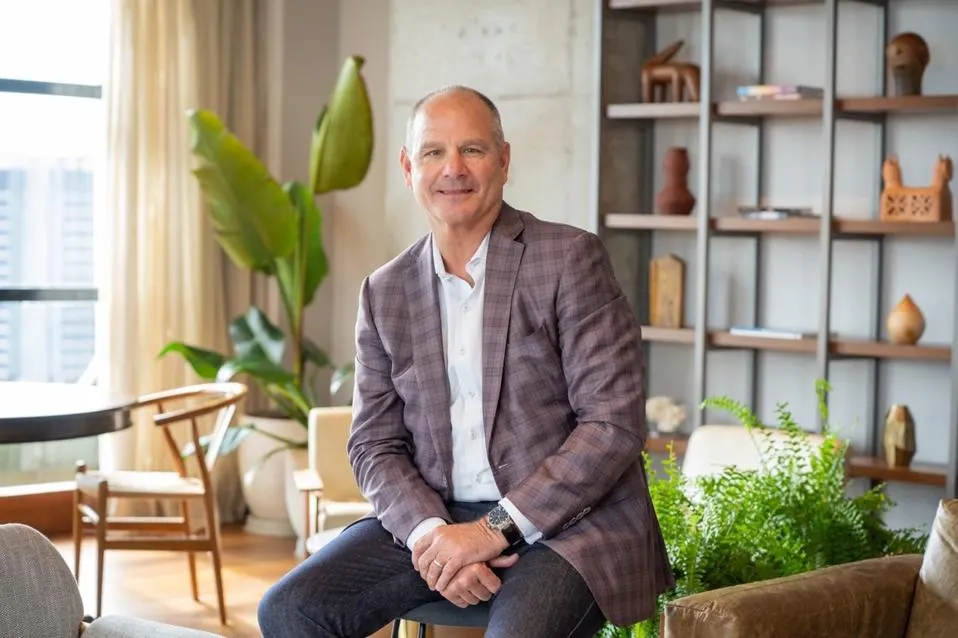Avaya just emerged from bankruptcy in May of this year, and yet the company’s CEO has made the bold statement in the headline: Alan Masarek says there isn’t a company in Avaya’s market that he would trade balance sheets with. Last year, Masarek had been with the company for only a few weeks when he announced that it would quickly undertake initiatives to rightsize its cost and capital structures. Executing these initiatives over the next several months, including unveiling an updated product strategy and simplifying organizational and reporting structures, laid the foundation for the Avaya we see today. Despite those efforts, Avaya sought Chapter 11 protection in February of this year; 76 days later, it emerged as a privately held company with a new board of directors.

This accelerated process resulted from a prepackaged or prearranged bankruptcy, which means Avaya had already reached an agreement with its significant creditors before it even filed. Filing for Chapter 11 bankruptcy allowed Avaya to reorganize its debts and pay creditors while keeping its operations running. Once struggling under the weight of substantial debt, the company is now in a strong position financially to execute its product roadmap and return to growth.
The CEO driving Avaya’s future
The CEO who made that bold statement is an industry veteran. Masarek has extensive expertise in enterprise communications and years of operational experience in integrating unified communications as a service (UCaaS), contact center as a service (CCaaS) and communications platform as a service (CPaaS) capabilities to drive transformation. Previously the CEO at Vonage, he is recognized for successfully guiding that company’s transformation from a consumer-focused service provider with declining revenue to a specialized cloud communications provider catering to enterprise clients.
Masarek is drawing on his substantial background in cloud communications as he works to drive Avaya toward renewed growth and profitability. In the year since he became CEO, he has optimized the company’s cost structure to improve profitability and financial stability. More than that, he’s realigned the company’s culture with its long-term goals.
Financial flexibility to focus on growth
Avaya’s restructuring gives the company breathing space as it rightsizes in line with its revenues and repays its debts. Revenues dropped by 36% year over year in Q4 2022. Before restructuring, Avaya’s debts stood at $3.4 billion. Those debts are now settled at $800 million, due in 2028. The move also freed up around $650 million in capital, giving Avaya considerable liquidity and financial flexibility to advance its innovation plans.
“Investors and lenders have shown confidence in the business by providing substantial financial support through $3.75 billion of debt forgiveness and investment of $650 million of new capital. There is a significant opportunity in the customer experience market, and we are collectively very optimistic about our ability to capitalize on that,” Masarek told me.
Avaya calls in an experienced C-suite
My boss, Moor Insights & Strategy CEO and chief analyst Patrick Moorhead, has instilled the belief that a leadership team will tell you 90% of what you need to know about a company. That’s why we look closely at the makeup of the executive team as a vital indicator of a company’s future success. Avaya recently added three key C-suite executives. Considering them along with the focused leadership of Masarek, I believe this team better positions Avaya for realignment, growth and aggressive competition in the communication solutions market.
Amy O’Keefe, a seasoned financial expert with more than 30 years of experience, has joined Avaya as CFO. She was most recently CFO at Weight Watchers, which also went through a significant restructuring. Omar Javaid, the new chief product officer, joins Avaya from Qualcomm, where he served as senior vice president and general manager in the company’s software business in the smartphone, AI and ML, IoT and automotive categories and the developer ecosystem. Before that, he served as president of Nexmo’s API business unit and was chief product officer at Vonage, where he worked with Masarek. Another Vonage alum is Avaya’s new CMO and general manager of hardware, Josh Mueller. Mueller worked with Masarek when Mueller was chief digital officer at Vonage, then took a role as senior vice president and general manager of the portfolio business unit at National Instruments.
“A strong executive team is the backbone that drives innovation and steers the company towards its goals,” said Masarek of the new C-suite. “With this team’s collective expertise, diverse perspectives and strategic thinking, I am confident in our ability to navigate challenges and achieve sustainable growth.”
Innovation without disruption
As it goes forward, Avaya aims to let its call center customers keep their existing on-premises voice infrastructure while also bringing in digital channels from the cloud. Avaya’s customers are at different stages of their cloud journey. In general, they want to proceed at their own pace, incorporating cloud technology in ways that align with their business requirements. They also want to seamlessly adopt advanced functionality without disrupting their operations. Avaya’s product roadmap was created to address these needs, incorporating valuable input from customers on the most essential features.
Avaya recently announced its reimagined professional services offering, Avaya Customer Experience Services (ACES), which was formerly known as Avaya Professional Services, or APS. ACES focuses on integrating AI, cloud and digital technologies to drive new business outcomes.
Avaya Enterprise Cloud is a dedicated cloud communications solution that allows enterprises to chart their adaptive journey to the cloud. This private-cloud version of Avaya’s cloud stack for unified communications and contact centers, which is hosted in Microsoft Azure, enables customers to leverage a hybrid cloud model. Companies can host some of their communications infrastructure in a dedicated cloud instance while also integrating with on-premises systems. This offering is particularly well-suited for companies operating in regulated industries that require tighter controls on sensitive data that is achieved on-prem.
Avaya has also strengthened its partnerships with Google and Alcatel-Lucent Enterprise. Its approach allows customers with on-premises investments to leverage the benefits of the cloud, including the latest features of the Avaya Experience Platform, while maintaining their existing environments. Unlike competitors who advocate for a complete migration to the cloud, Avaya’s “innovation without disruption” strategy prioritizes customer-centricity, investment preservation and minimizing potential disruptions. This aims to provide a secure and adaptable path to digital transformation.
Customer-centric and positioned for growth
Avaya has an impressive customer footprint, working with nearly 90,000 customers—including almost 90% of the Fortune 100—across 190 countries. The company has a base of 4,500-plus partners, holds more than 4,200 patents and patent applications and serves all consumption models for cloud communications. Thanks to its innovation without disruption model, I believe Avaya is well positioned to meet these customers where they are in their cloud journey.
Transparency and reliability foster a restoration of trust
Avaya is still one of the larger enterprise communications vendors, and it benefits from a loyal customer base. The company is focused on rebuilding trust among all of its stakeholders and, Masarek emphasizes, will do so while providing complete transparency about its progress.
Avaya now has a strong leadership team and a focused roadmap. If the company can execute on Masarek’s vision for delivering innovation at the cutting edge without creating disruption, it should be poised to back up Masarek’s bold words for years to come.























































































